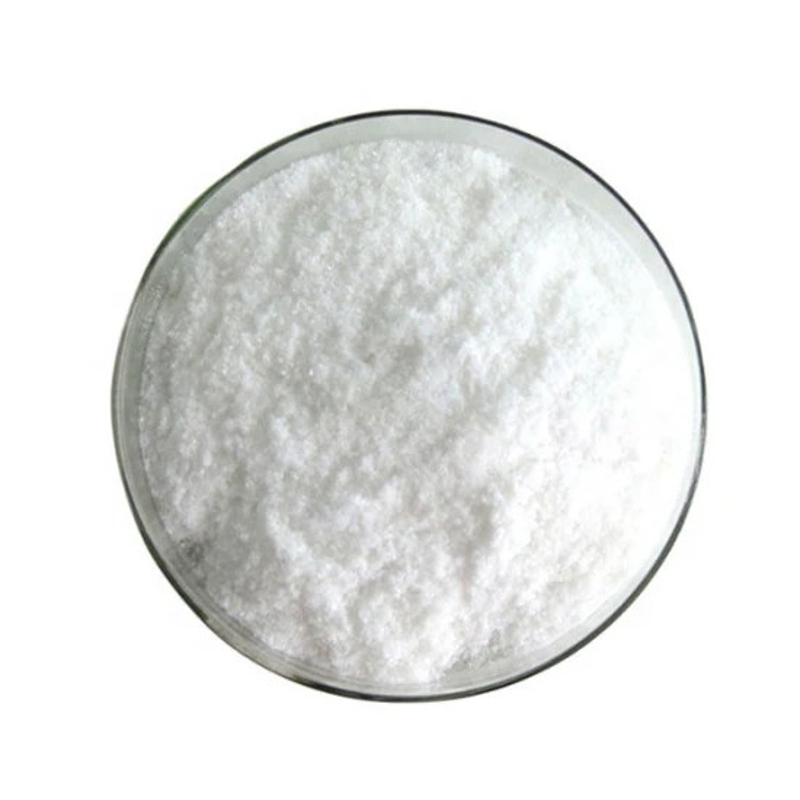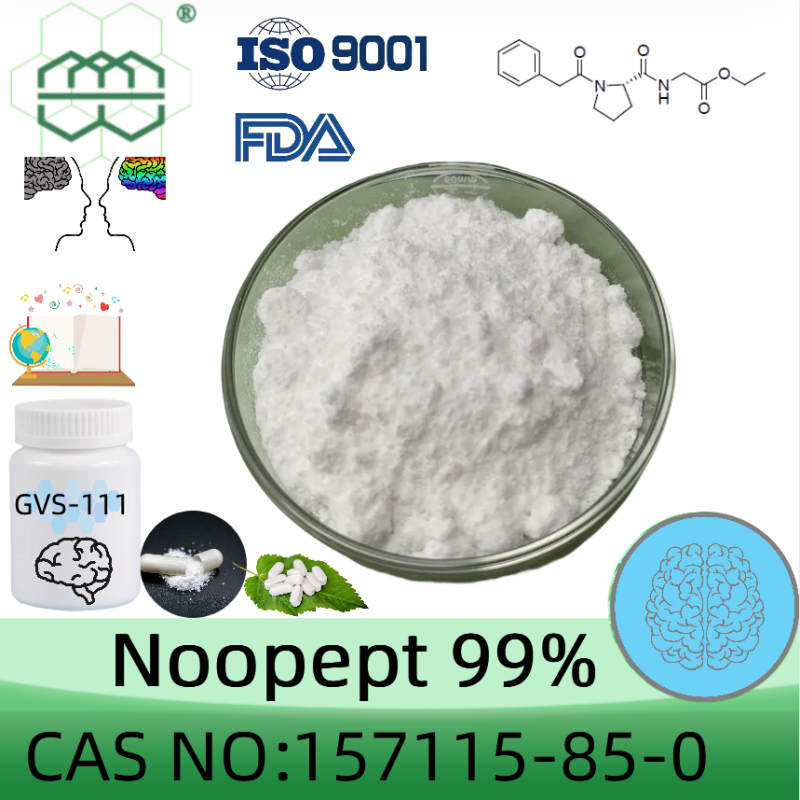-
Categories
-
Pharmaceutical Intermediates
-
Active Pharmaceutical Ingredients
-
Food Additives
- Industrial Coatings
- Agrochemicals
- Dyes and Pigments
- Surfactant
- Flavors and Fragrances
- Chemical Reagents
- Catalyst and Auxiliary
- Natural Products
- Inorganic Chemistry
-
Organic Chemistry
-
Biochemical Engineering
- Analytical Chemistry
-
Cosmetic Ingredient
- Water Treatment Chemical
-
Pharmaceutical Intermediates
Promotion
ECHEMI Mall
Wholesale
Weekly Price
Exhibition
News
-
Trade Service
catfish EU seafood exports
The EU market has greatly increased the import trade of Vietnamese catfish, with a minimum growth rate of 25% and a maximum growth rate of 6 times that of the same period last yea.
The top five major EU buying markets include the Netherlands, Germany, Spain, Belgium and Italy, with imports increasing by 72%, 107%, 75%, 92% and 90% respectivel.
Insufficient domestic production in the EU region, sanctions imposed by Western society on Russia due to the Russian-Ukrainian conflict, as well as raw material shortages and severe inflation in Europe have created opportunities for Vietnamese catfish and prompted an explosion in the demand for catfish in the European marke.
.
.
In addition, the EU-Vietnam Free Trade Agreement (EVFTA) brings more advantages to Vietnam's exports to the E.
With a market share of 22% in the EU, Vietnamese catfish is considered a strong competitive supplier in the European regio.
VASEP believes that there are still many challenges for Vietnam’s catfish export industry in the future, especially the European Union has higher and higher requirements for product certification, as well as environmental and labo.
With the market opportunities and advantages brought by EVFTA, it is expected that catfish exports to the EU will continue to maintain rapid growth in the second half of this yea.
With the market opportunities and advantages brought by EVFTA, it is expected that catfish exports to the EU will continue to maintain rapid growth in the second half of this yea.
In order to give full play to the advantages brought by EVFTA, the association hopes to receive more support from the government, which will help guide enterprises to make full use of tariff preferences and properly apply rules of origin to reduce export barrier.







